Before & After
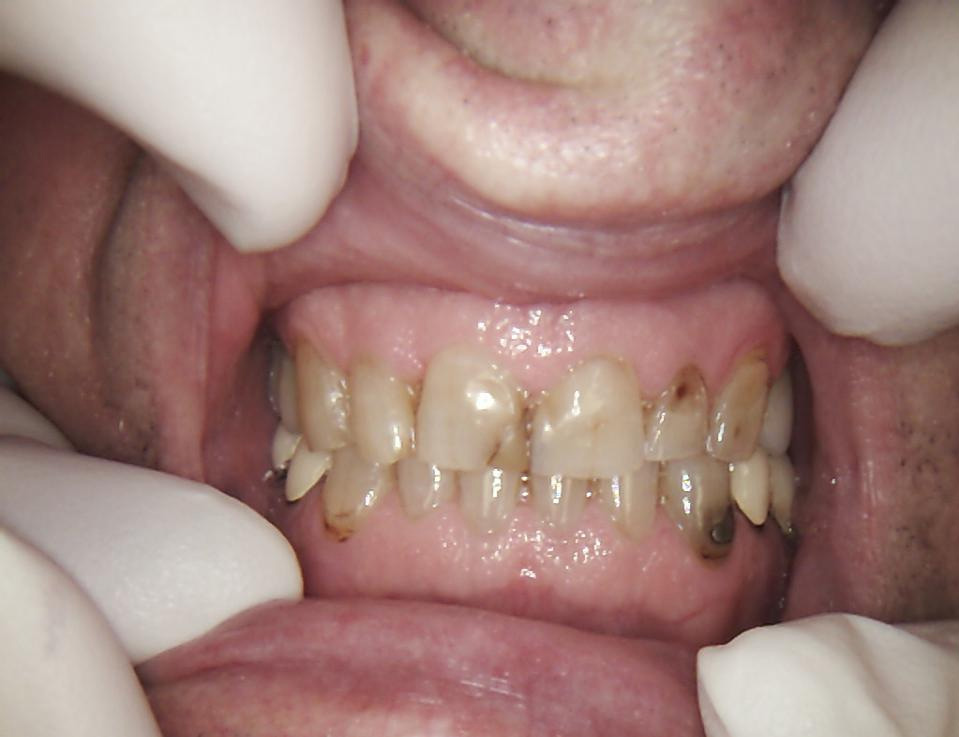
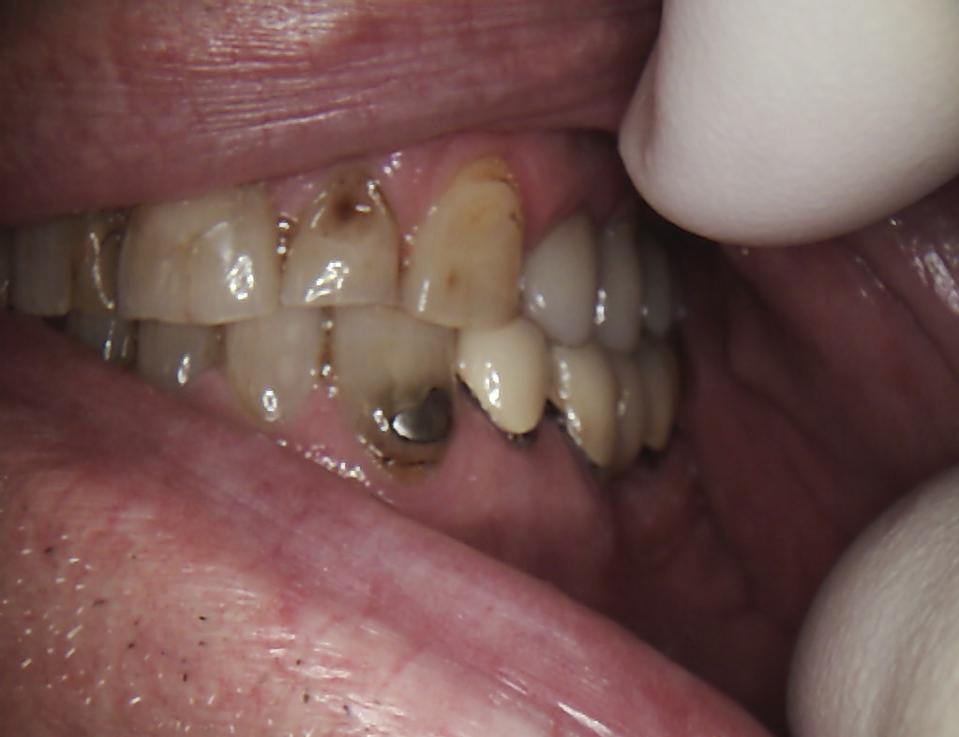
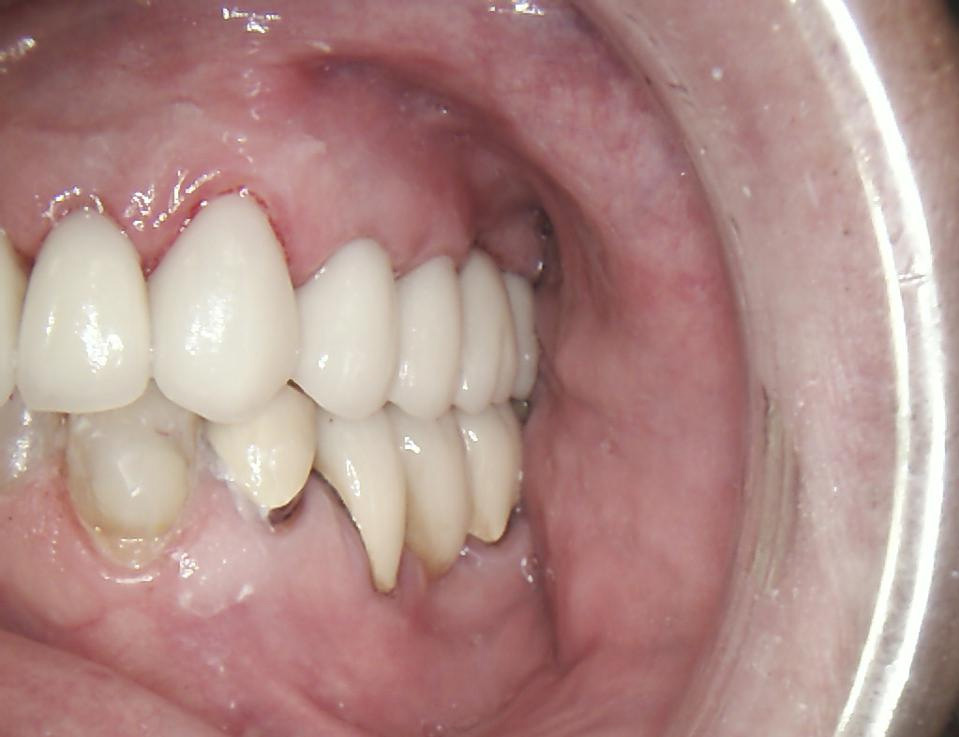
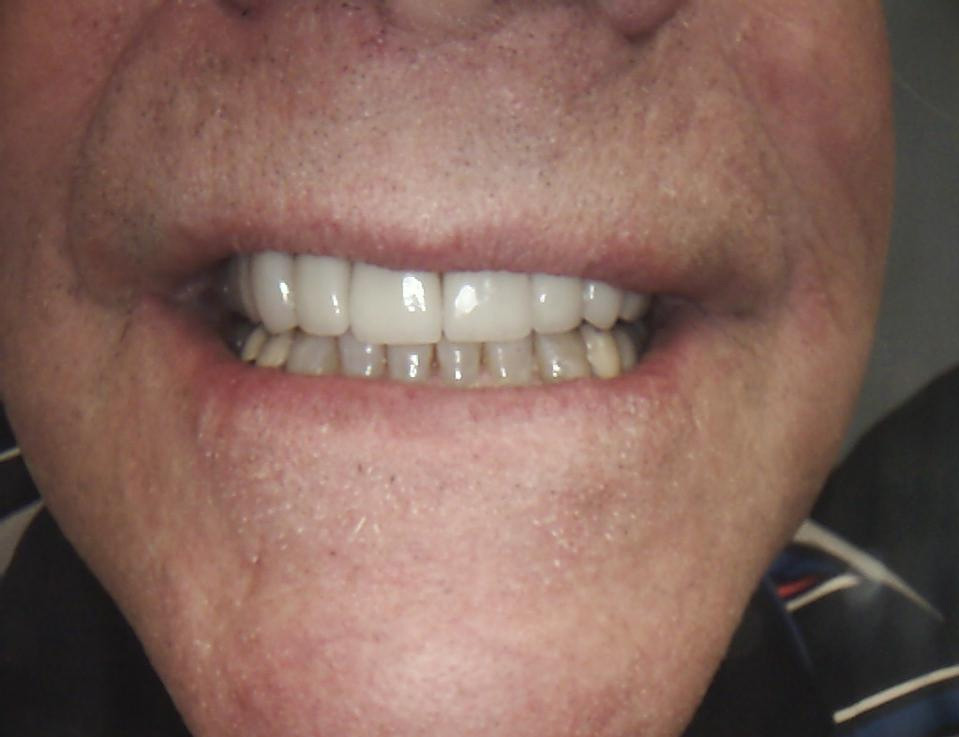
Crown and Bridge
Crown and Bridge




Composite Veneers
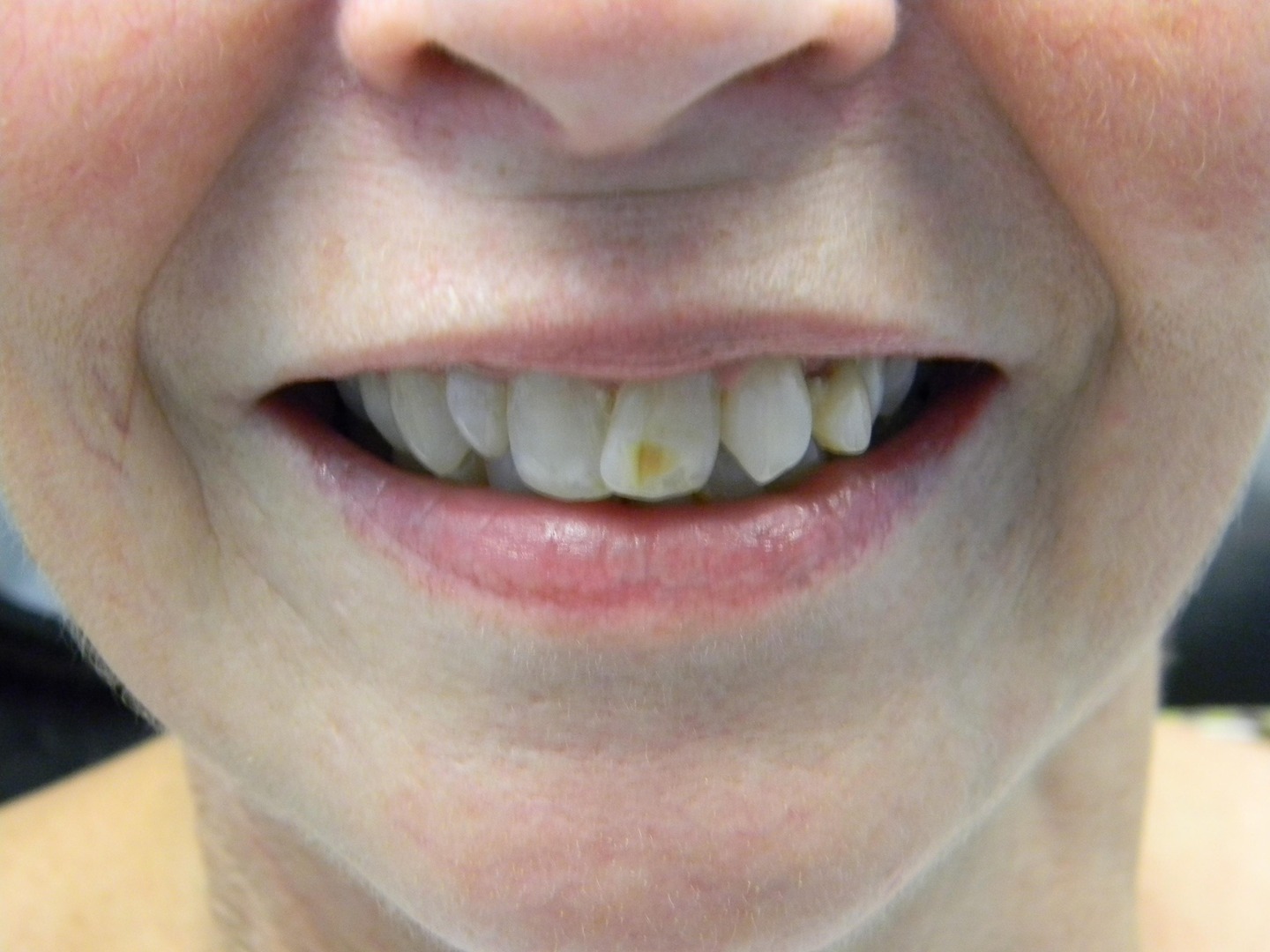
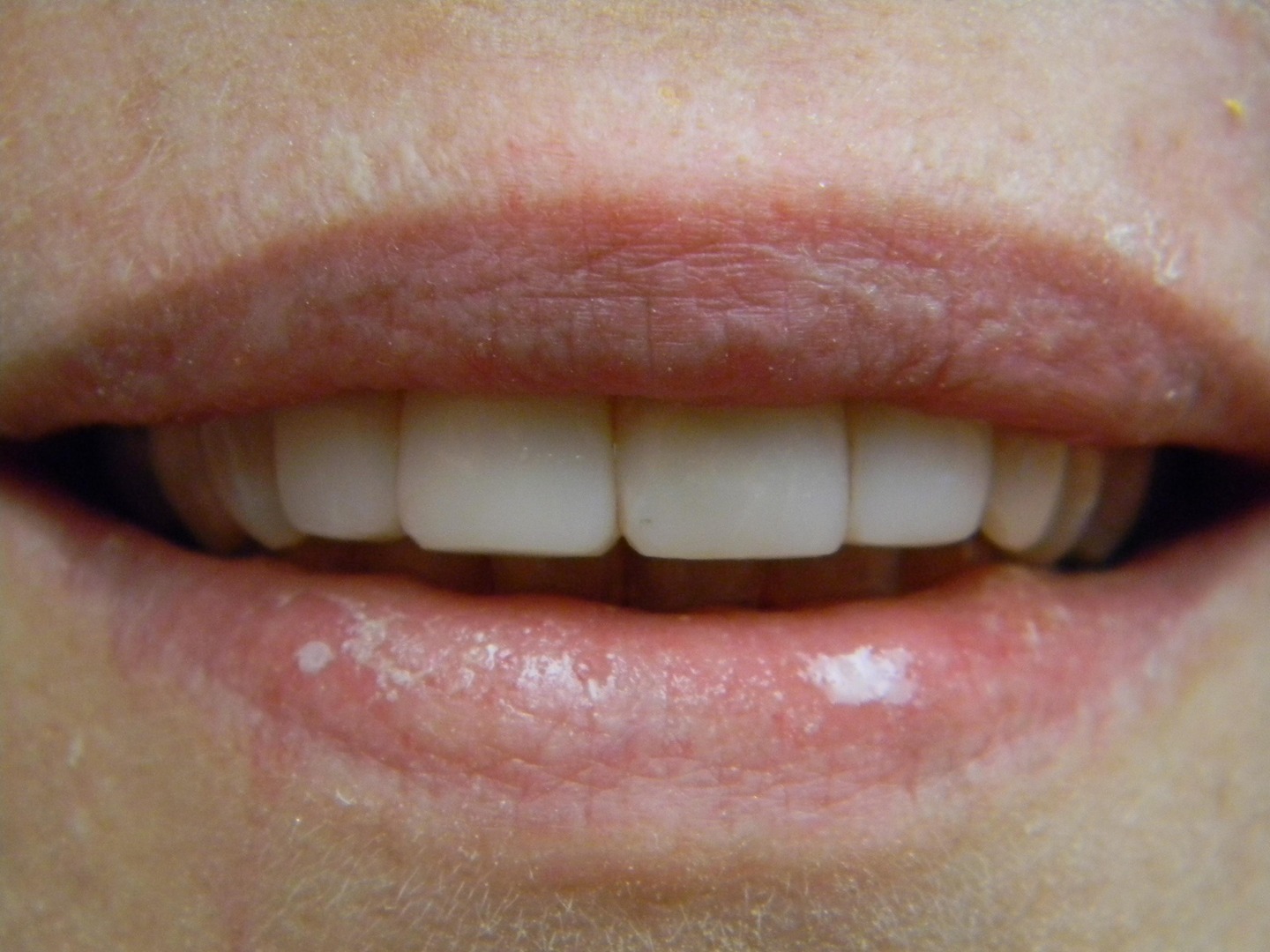
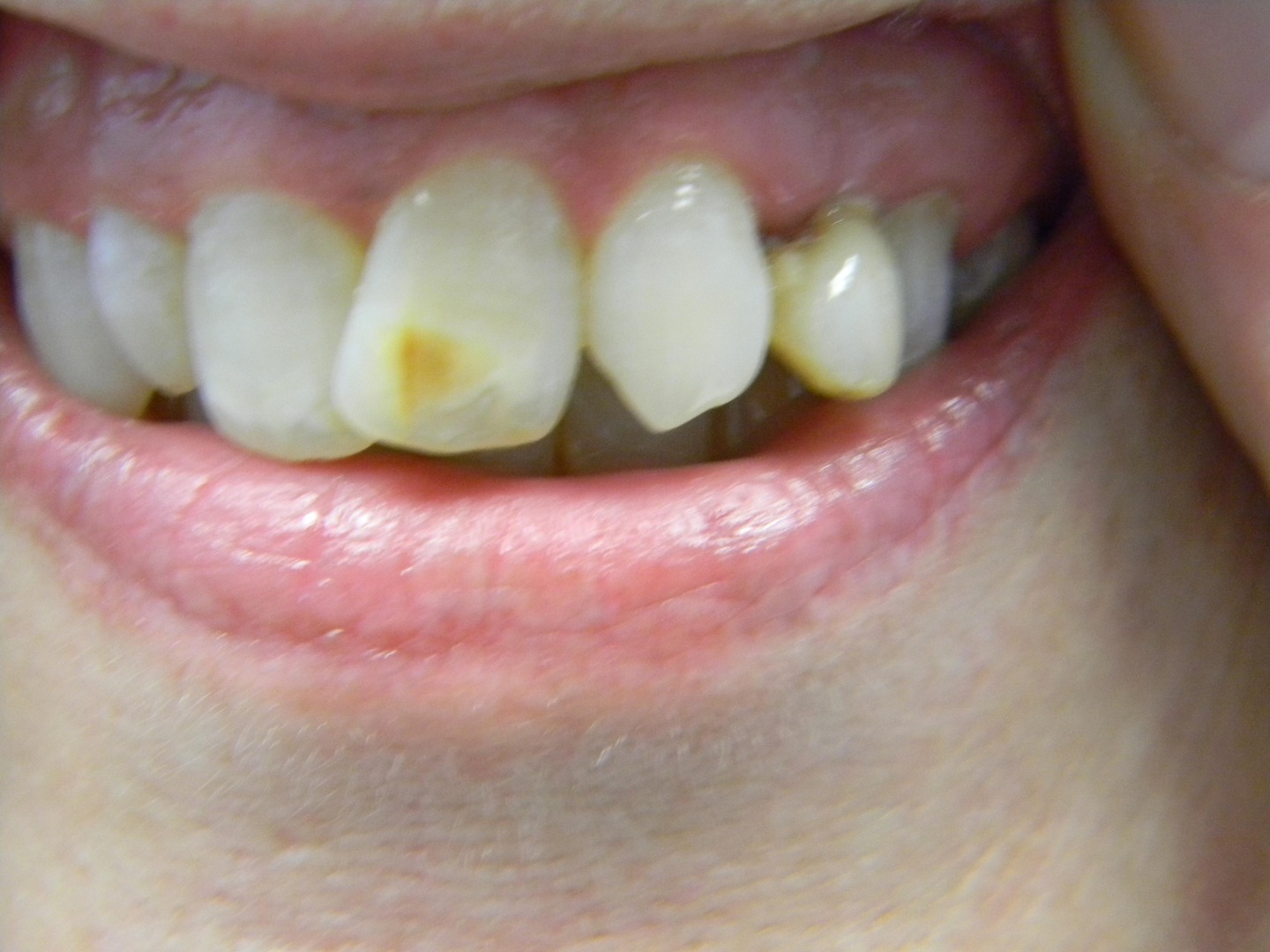
Composite Veneers



This patient was unhappy with her smile. The dark spot on her front tooth as well as the overlapping caused her to be very self-conscious about her smile. She was also concerned with the more expensive cost of porcelain veneers so she chose composite veneers to build and straighten her teeth. Now she won’t stop smiling!
Composite veneers are a type of dental restoration that is used to improve the appearance of the teeth. They are made from a composite resin material that is applied to the front surface of the tooth and shaped to mimic the appearance of a natural tooth. Composite veneers can be used to correct a variety of cosmetic issues, such as chips, cracks, gaps, and discoloration. They are generally less expensive than porcelain veneers and can be completed in a single visit to the dentist. The benefits of composite veneers include an improvement in the appearance of the teeth and a minimally invasive treatment process. However, they may not be as durable as porcelain veneers and may require more maintenance over time.
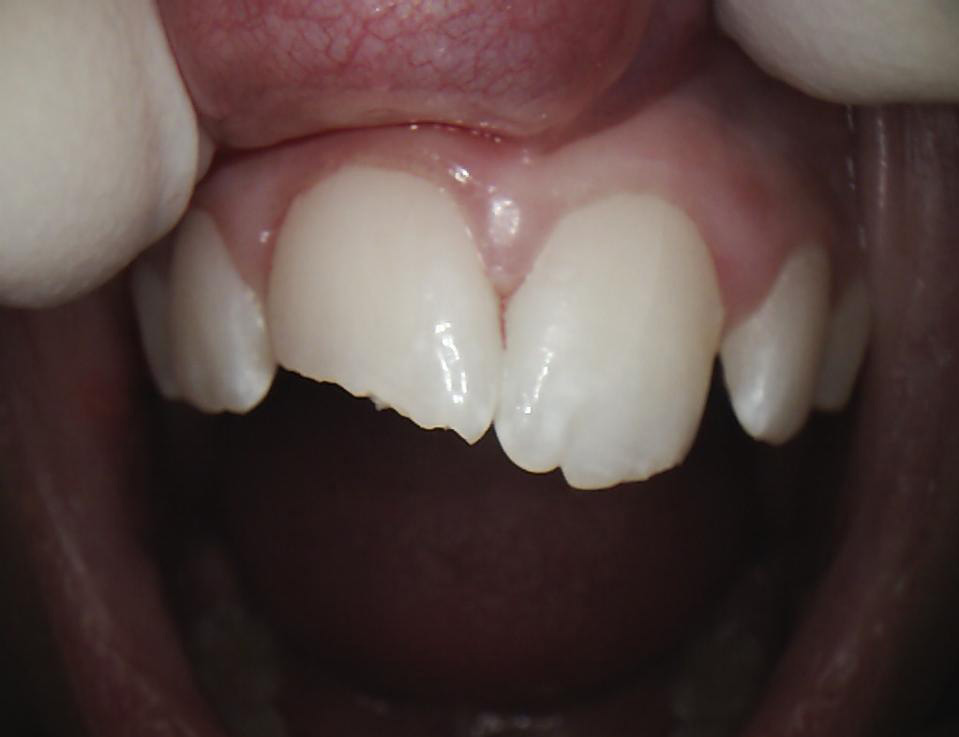
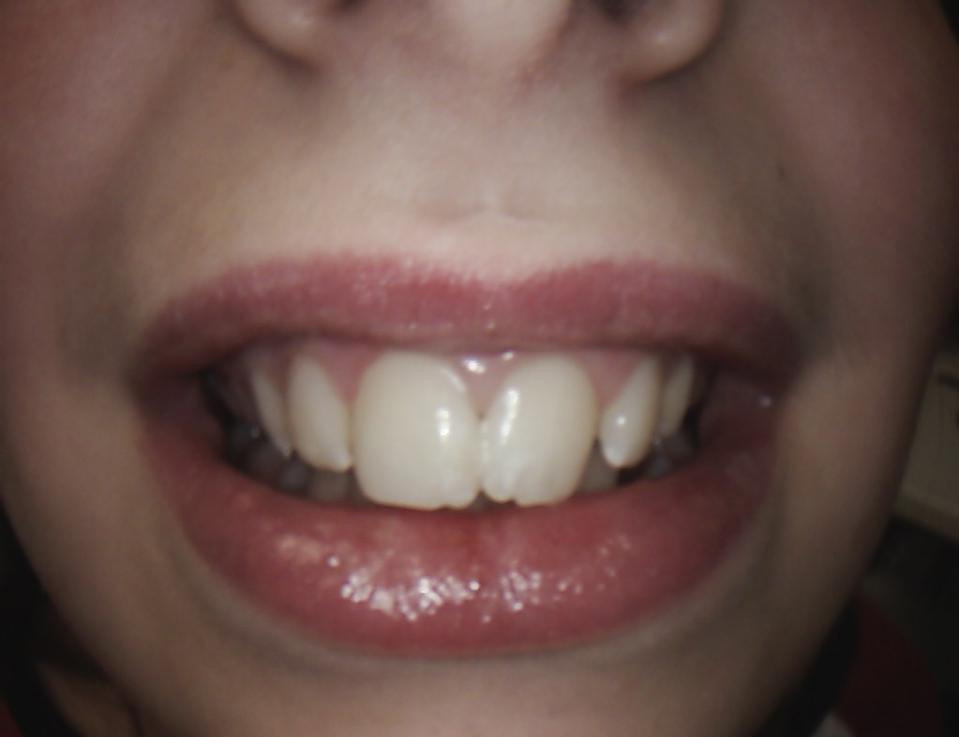

Restoring Teeth that have been
involved in Trauma
Restoring Teeth that have beeninvolved in Trauma



Complete Denture
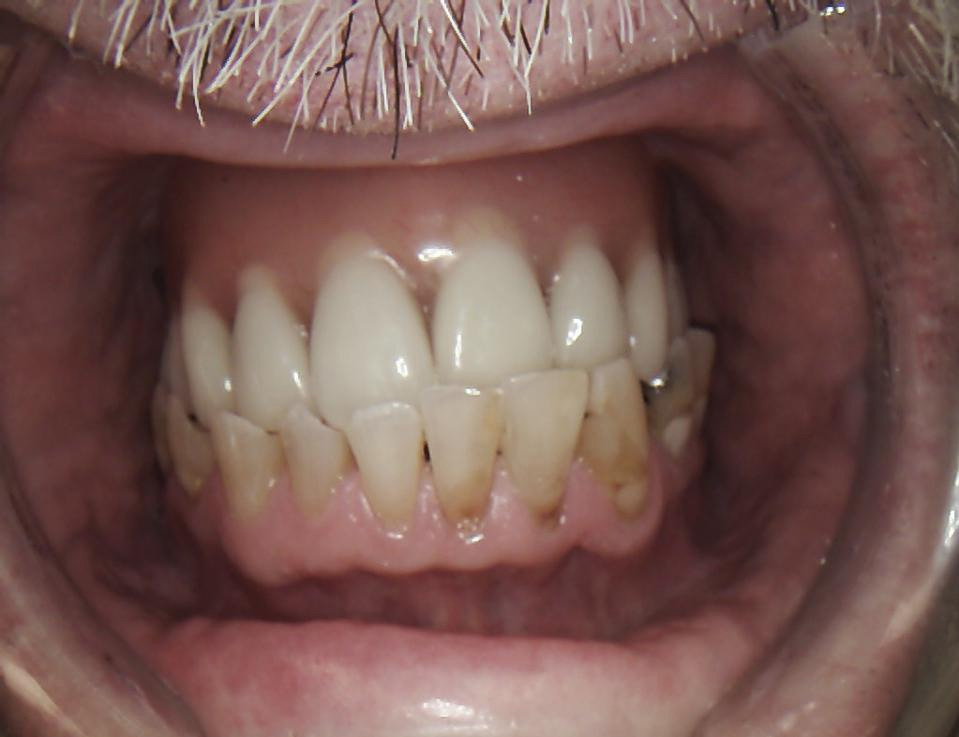
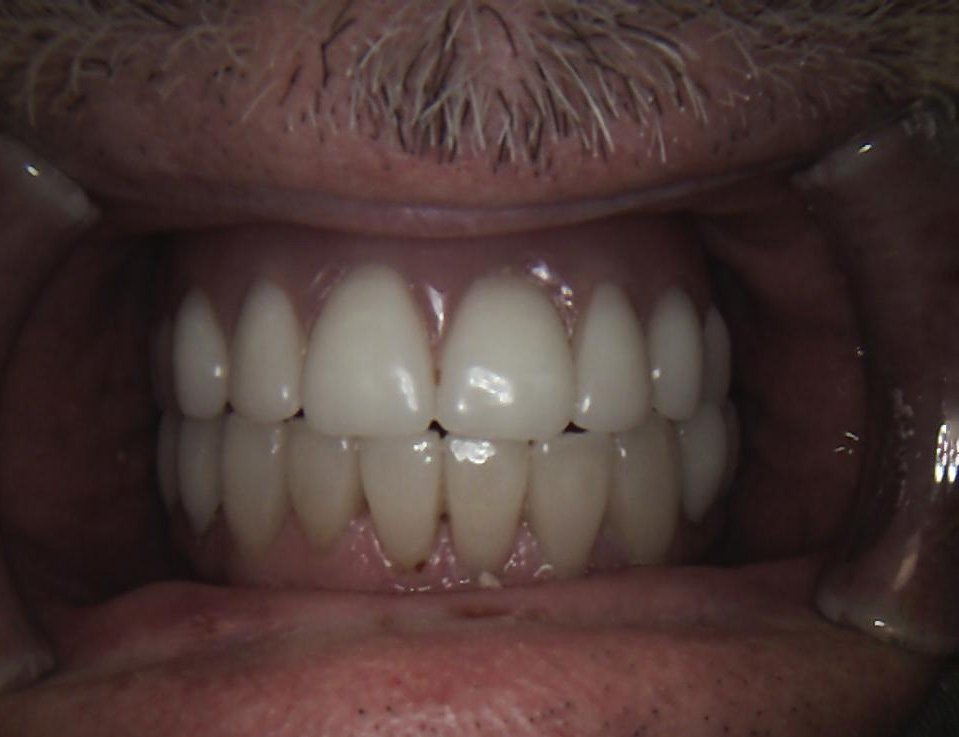
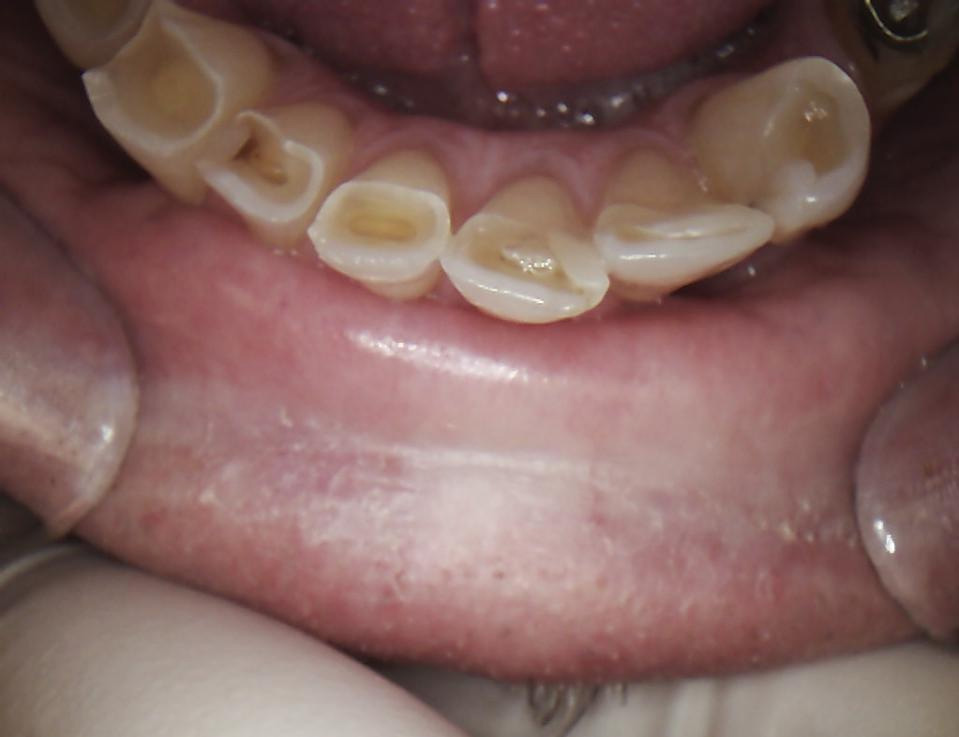
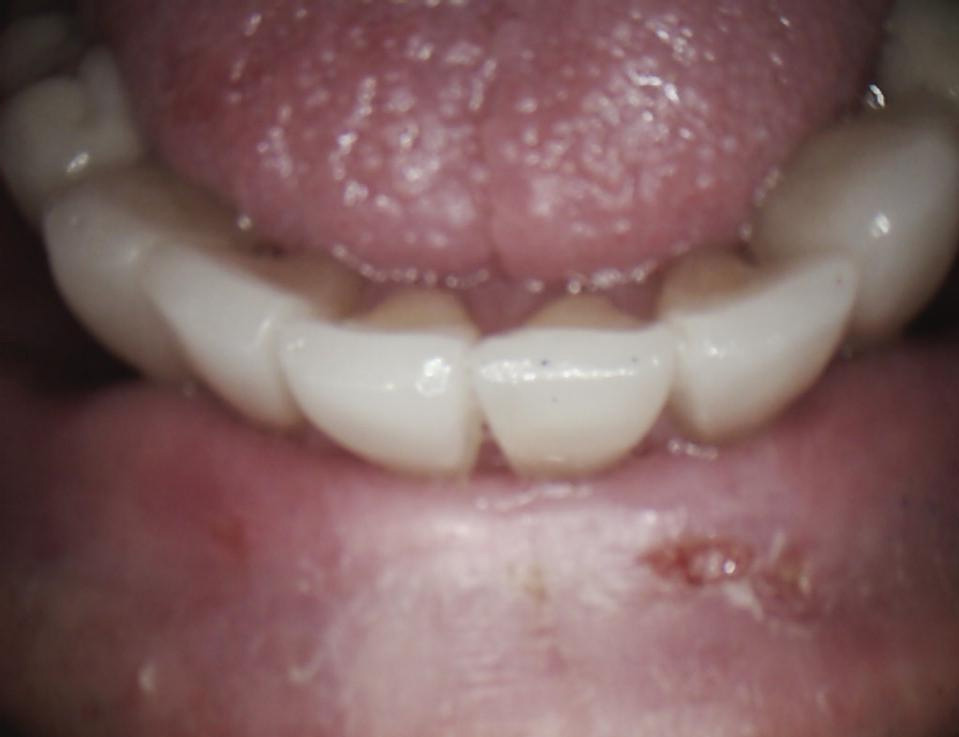
Complete Denture




